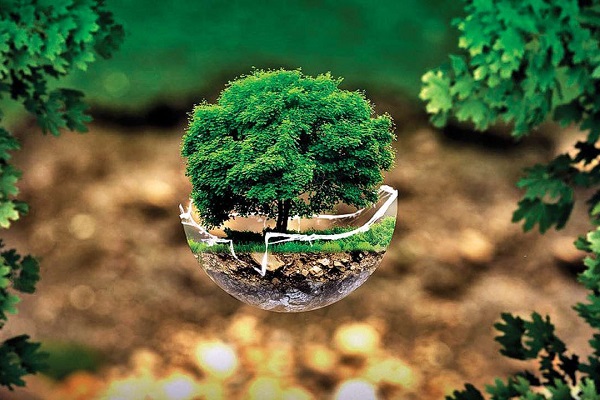Masters in Environmental Science – What One Gets to Learn?

The qualification matters while applying for any post. Not only the qualification rather the education and knowledge that is attained during the degree programs is also an essential factor in grabbing the best opportunity. With the increasing demand for higher qualifications, post-graduation programs are also being researched a lot more than earlier. The higher qualification enables a student in polishing the talent and becoming an expert in the field. Therefore, a master’s degree can help you in achieving the desired position in any field.
The same is with experience in environmental studies. The subject ‘Environmental science’ is a student favourite for a long time. With the ease of scoring marks to understanding and exploring the practical approach of the subject, every aspect is interesting for students. Although the benefits of studying environmental science in school are clear many students are unaware of higher education in the same field. The practical applications, the course, and the scope of the subject are still unknown to many students. The following points will help the students to get an insight into the syllabus of masters in environmental science along with the scopes of the field.
Syllabus and Scope of A Masters in Environmental Science
Like other master’s degree programs, the masters in environmental science is also a 2-year degree program. With each semester, students learn the intricacies of the subject and fields. The exploration in the program is as follows.
- First semester- The first semester is an introduction and application of basic knowledge. Along with the data interpretation and statistical studies students also learn Ecosystem Studies, Environmental Chemistry, Fundamentals of Geoinformatics and Microbiology, Sustainable development as major subjects. The major subjects create the interest to explore more in further semesters. The interest is not limited to the theoretical studies only rather practical approach is also handled well.
- Second semester- The second semester emphasizes more on the prevention methods of the natural and valuable resources. Through subjects like Biodiversity Assessment and Conservation, Solid and Hazardous Waste Management, Air and Noise Pollution Management. Research Methodology is also a major topic this semester. A masters in environmental science helps the students understand the gravity of these environmental problems and applications to resolve these issues.
- Third semester- The scopes of the field are reflected from this semester onwards. The subjects like Environmental Policies and Law help the students in exploring the judicial branch related to the environmental sciences. On the other hand, students can select many electives along with a dissertation to explore their field of interest.
- Fourth semester- The fourth semester is the best chance for students to discover their inclination towards a particular field. The fourth semester of the masters in environmental science program let the students choose from elective subjects like Eco restoration, Industrial Safety and Occupational Health (certifications), Green Technology and Management, and a lot more. To know more, visit the website.
Conclusion
The scopes for the environmental science field include certification institutions and the development of green technology. Research and innovation are an integral part of the stream too and therefore, students with an inclination towards the novel approach must proceed with admission in the master’s program for environmental science. The stream is important but the university is of importance too. Students must apply to the best universities for achieving the best results.
